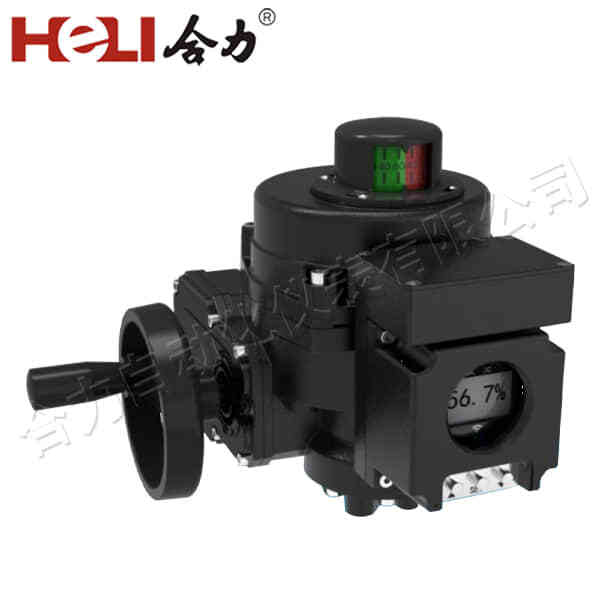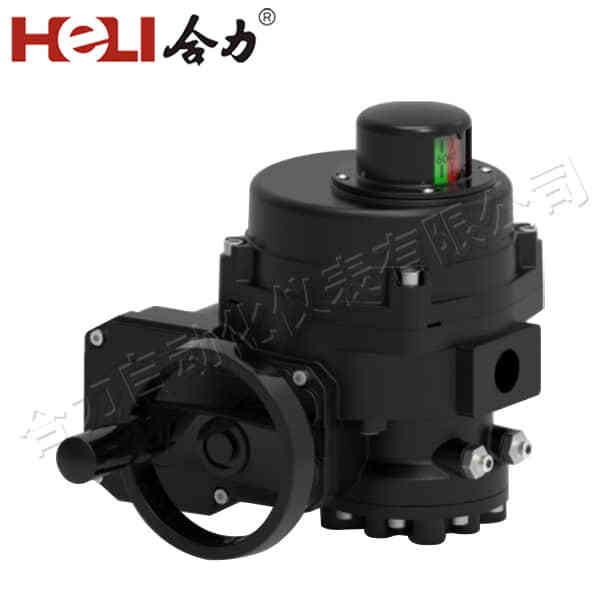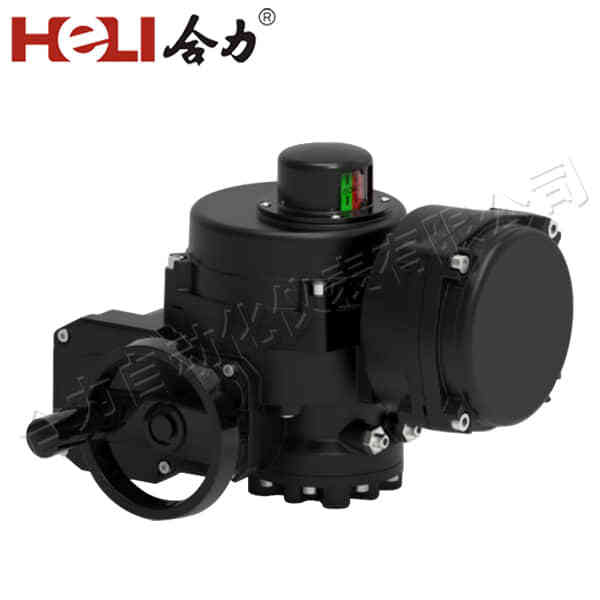Electric actuator valves are essential components in modern industrial automation, playing a critical role in controlling the flow of fluids or gases in a variety of systems. These valves integrate electric actuators with traditional valve mechanisms to provide precise, reliable, and efficient control over processes. In this article, we’ll explore the concept of electric actuator valves, their applications, benefits, and how they contribute to the overall efficiency and safety of industrial operations.

What is an Electric Actuator Valve?

An electric actuator valve is a combination of a valve and an electric actuator that is used to open, close, or regulate the flow of fluids or gases in pipelines. The electric actuator is responsible for driving the valve mechanism, using an electric motor to adjust the position of the valve’s control element (such as a ball, gate, or butterfly). This enables precise, automated control without the need for manual intervention. Electric actuators typically consist of a motor, gearbox, and electronic control system. When the system receives a command, the actuator’s motor drives the valve into the desired position, allowing for either full or partial flow regulation. These systems can operate in both on-off and modulating control modes, making them versatile for a range of industrial applications.
